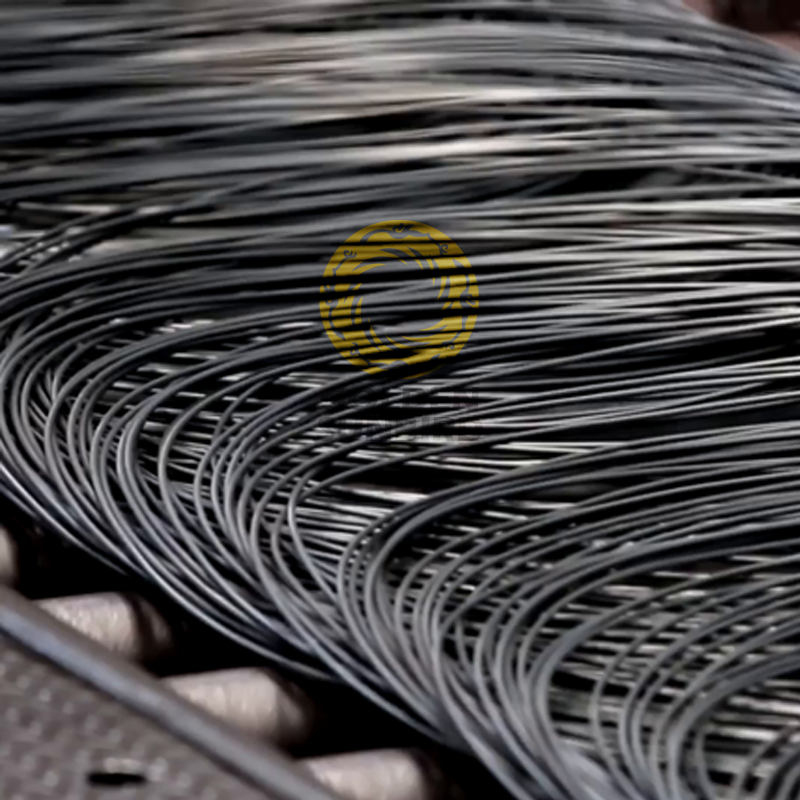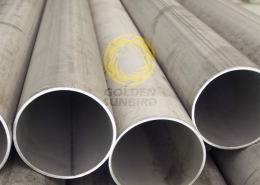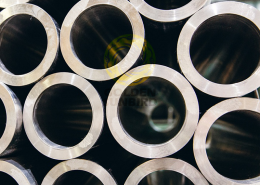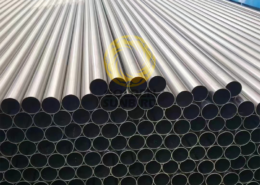ASTM B365 Tantalum and Tantalum Alloy Rod and Wire
- Type: Bar and Wire
- R05200, unalloyed Ta, EB furnace or VAM, or both
- R05400, unalloyed Ta, powder-metallurgy consolidation
- R05255, Ta alloy, 90% Ta, 10% W, EB furnace of VAM, or both
- R05252, Ta alloy, 97.5% Ta, 2.5% W, EB furnace or VAM, or both
- R05240, Ta alloy, 60% Ta, 40% Nb, EB furnace or VAM
Features
ASTM B365 Tantalum and Tantalum Alloy Rod and Wire
R05200, unalloyed tantalum, electron-beam furnace or vacuum-arc melt, or both
R05400, unalloyed tantalum, powder-metallurgy consolidation
R05255, tantalum alloy, 90 % tantalum, 10 % tungsten, electron-beam furnace or vacuum-arc melt, or both
R05252, tantalum alloy, 97.5 % tantalum, 2.5 % tungsten, electron-beam furnace or vacuum-arc melt, or both
R05240, tantalum alloy, 60 % tantalum, 40 % niobium, electron-beam furnace or vacuum-arc melt, or both
Chemical Requirements (wt.%)
| Element | R05200 (EB Cast / VAC Unalloyed Tantalum) | R05400 (Sintered Unalloyed Tantalum) | R05255 (90% Ta 10% W) | R05252 (97.5% Ta 2.5% W) | R05240 (60% Ta 40% Cb) |
| C | 0.01 | 0.01 | 0.01 | 0.01 | 0.01 |
| O | 0.015 | 0.03 | 0.015 | 0.015 | 0.02 |
| N | 0.01 | 0.01 | 0.01 | 0.01 | 0.01 |
| H | 0.0015 | 0.0015 | 0.0015 | 0.0015 | 0.0015 |
| Nb | 0.1 | 0.1 | 0.1 | 0.5 | 35.0-42.0 |
| Fe | 0.01 | 0.01 | 0.01 | 0.01 | 0.01 |
| Ti | 0.01 | 0.01 | 0.01 | 0.01 | 0.01 |
| W | 0.05 | 0.05 | 9.0-11.0 | 2.0-3.5 | 0.05 |
| Mo | 0.02 | 0.02 | 0.02 | 0.02 | 0.02 |
| Si | 0.005 | 0.005 | 0.005 | 0.005 | 0.005 |
| Ni | 0.01 | 0.01 | 0.01 | 0.01 | 0.01 |
| Ta | Remainder | Remainder | Remainder | Remainder | Remainder |
Additional Chemical Requirements for Finished Product (When Specified by the Purchaser) (wt.%)
| Element | All Grades |
| O | 0.025 |
| N | 0.01 |
| H | 0.0015 |
| C | 0.02 |
Mechanical Properties for Rod and Wire Annealed Condition
| Material | Ultimate Tensile Strength min psi (MPa) | Yield Strength min psi (MPa) | Elongation min % 1 in. (25.4 mm) Gage Length |
| R05200 and R05400 Unalloyed tantalum | 25,000 (172) | 15,000 (103) | 25 |
| R05252 (97.5% Ta 2.5% W) | 40,000 (276) | 28,000 (193) | 20 |
| R05255 (90% Ta 10% W) | 70,000 (482) | 55,000 (379) | 20 |
| R05240 (60% Ta 40% Cb) | 35,000 (244) | 15,000 (103) | 25 |
For wire
| Diameter | Ultimate Tensile Strength min psi (MPa) | Elongation min %A |
| 0.010 to 0.124 in. (R05200 and R05400) | 30,000 to 35,000 (207 to 241) | 10 to 20 |
| 0.010 to 0.124 in. (R05252) | 70,000 (482) | 5 to 15 |
| 0.010 to 0.124 in. (R05255) | 35,000 to 70,000 (241 to 482) | 5 to 20 |
| 0.010 to 0.124 in. (R05240) | 35,000 (244) | 10 to 20 |
Note: A 10-in. (254-mm) gage length to 0.050 in. (1.27-mm) diameter and 1-in. (25.4-mm) or 2-in. (50.8-mm) gage length over 0.050-in. (1.27-mm) diameter.
Key Properties of ASTM B365 Tantalum Rod and Wire:
High Melting Point: Tantalum boasts a very high melting point, making it suitable for high-temperature applications.
Excellent Corrosion Resistance: Tantalum offers exceptional resistance to corrosion in a wide range of environments, including acids, alkalis, and salt solutions.
Good Strength and Ductility: These rods and wires possess a good balance of strength and ductility, allowing for some shaping and forming without compromising their integrity.
Good Electrical Conductivity: Tantalum conducts electricity moderately well.
Technical Specifications
| Specification | Value |
| Standard | ASTM B365 Tantalum and Tantalum Alloy Rod and Wire |
| Grade | UNS R05400, UNS R05200, UNS R05252, UNS R05255, UNS R05240 Clean, bright finish, free of defects and surface imperfections |
| Finish | Clean, bright finish, free of defects and surface imperfections |
| Type | Rod and Wire |
| Rod | 0.125 to 2.5 in. (3.18 to 63.50mm) in diameter with round, hexagonal, or octagonal cross section supplied in straight lengths. |
| Wire | 0.010 to 0.124 in. (0.254 to 3.15mm) in diameter furnished in coils or on spools or reels. Material less than 0.010 in. in diameter is not covered by this specification. |
| Inspection Certificate | EN 10204 Type 3.1 (Mill Test Certificate), EN 10204 Type 3.2 (Witness Testing or 3rd Party Inspection) |
| Tests | Chemical analysis, Tensile test, Hardness test, and Microstructural examination |
Packing
Packed in plywood boxes.
Applications
UNS R05400 (Unalloyed Tantalum):
Chemical Processing: Due to its remarkable resistance to corrosion, especially against acids, it’s used in chemical processing equipment such as heat exchangers, condensers, and thermowells.
Electronics: Electronics are employed in capacitors, resistors, and sputtering targets due to their high capacitance and electrical conductivity.
Medical: Its biocompatibility and inertness make it suitable for surgical implants, bone replacements, and pacemaker components.
Aerospace: Used in high-temperature applications like rocket nozzles and turbine blades due to its high melting point and strength.
UNS R05200 (Unalloyed Tantalum):
Similar applications as UNS R05400 but with slightly lower purity.
UNS R05252 (Tantalum-Tungsten Alloy):
High-Temperature Applications: The addition of tungsten enhances high-temperature strength and creep resistance, making it suitable for furnace components, heating elements, and aerospace applications.
UNS R05255 (Tantalum-Tungsten-Hafnium Alloy):
High-Temperature Applications: Provides even higher strength and creep resistance than UNS R05252, making it ideal for extreme high-temperature environments.
UNS R05240 (Tantalum-Yttrium Alloy):
Medical Implants: Offers improved ductility and formability compared to pure tantalum, making it suitable for intricate medical implants and devices.
Specific Applications Based on Form:
Rod: Used for structural components, electrodes, and machining stock.
Wire: Employed in electronics, medical devices, and high-temperature applications where fine-gauge material is needed.








